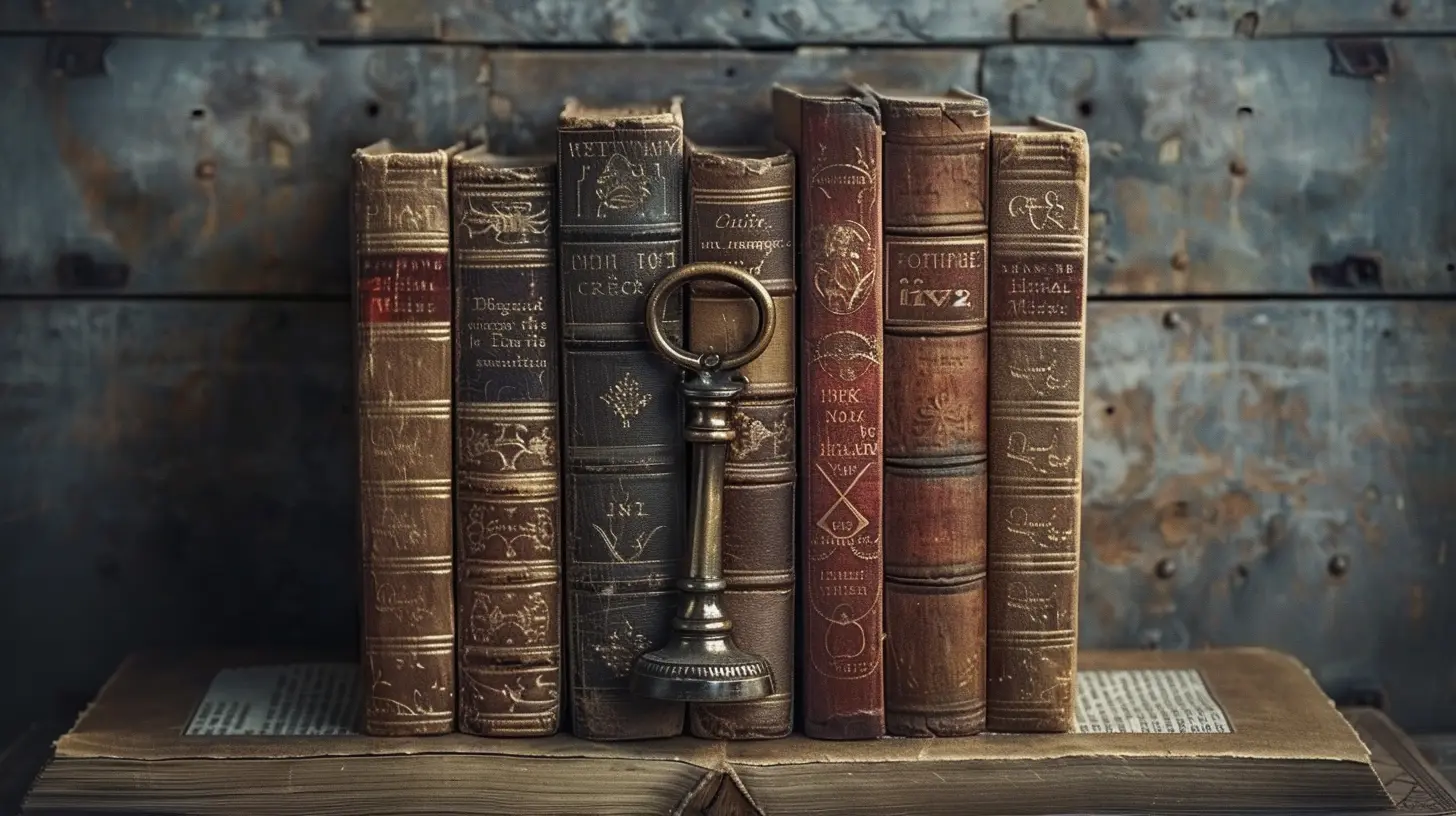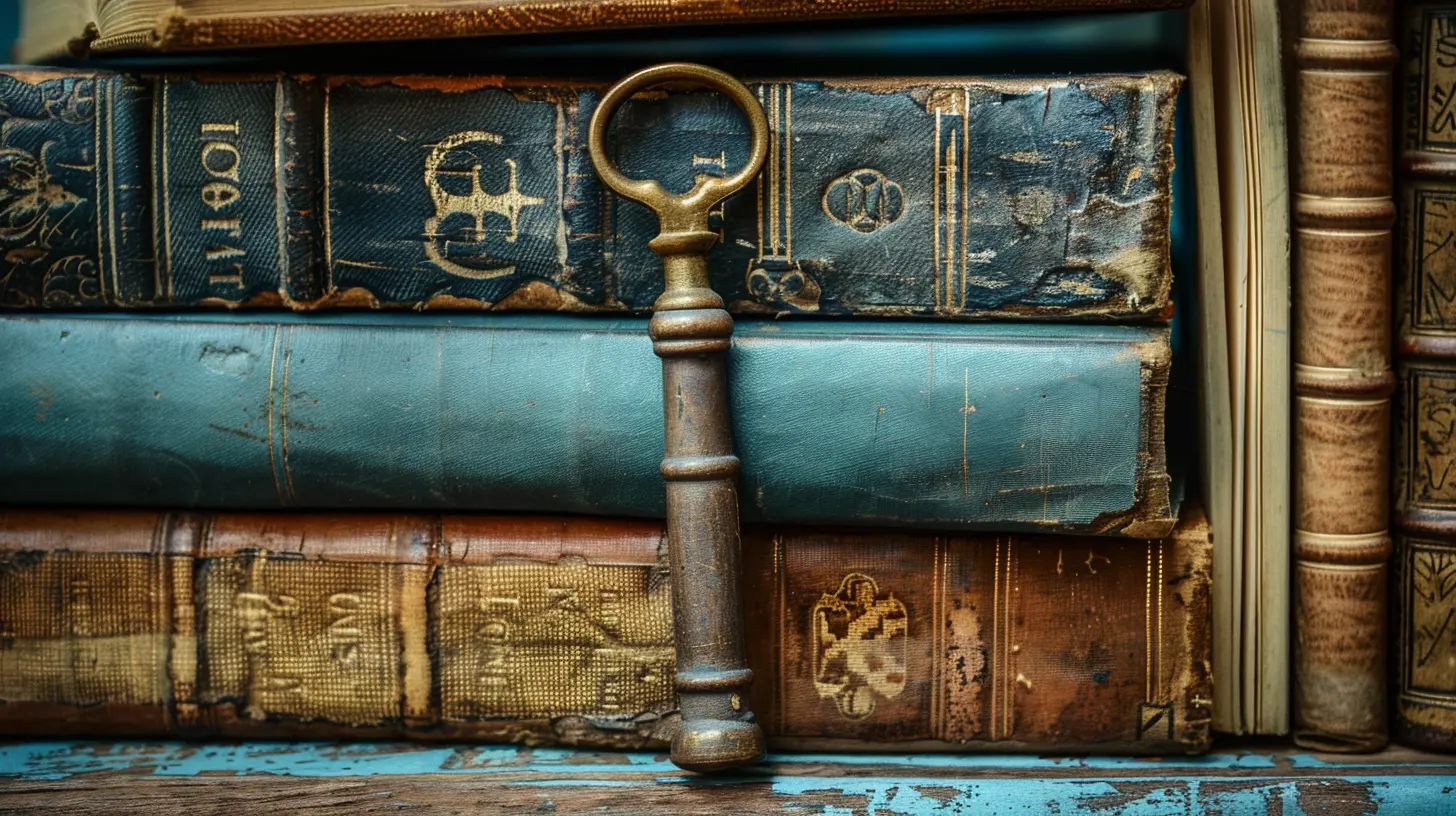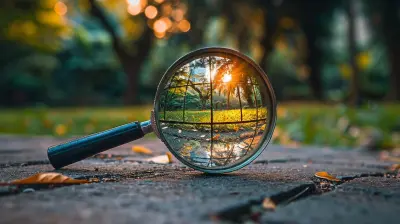Unlocking the Secrets of Nonfiction Reading Comprehension
2 September 2025
Reading nonfiction isn’t quite like curling up with a novel. It requires a different level of attention, strategy, and mindset. But let’s be honest—many people struggle with nonfiction reading comprehension. Ever found yourself reading a page and realizing you have no clue what you just read? You're not alone!
Whether you're a student trying to ace your exams or an adult looking to level up your knowledge, mastering nonfiction reading comprehension is a game-changer. So, how do we crack the code and truly understand what we read? Let’s dive in!

Why Nonfiction Reading Comprehension Matters
Nonfiction isn’t just textbooks and scholarly articles—it’s everywhere. News reports, self-help books, history documentaries, even how-to guides all fall under the nonfiction umbrella. The ability to understand and analyze this kind of content is essential for academic success, career advancement, and everyday decision-making.But there's a catch. Unlike fiction, nonfiction isn’t built around an engaging plot and emotional storytelling. It’s often packed with facts, data, and arguments, which can make it feel dense or overwhelming. Without the right strategies, reading nonfiction can feel like trying to drink from a fire hose!

The Common Struggles with Nonfiction Reading
Before we look at solutions, let’s pinpoint the common roadblocks people face when reading nonfiction:- Information Overload – Ever felt like a book or article is just bombarding you with facts?
- Boring and Dry Writing – Unlike fiction, nonfiction isn’t always designed to entertain.
- Difficult Vocabulary – Academic and technical jargon can slow you down.
- Lack of Focus – Without an interesting storyline, staying engaged can be tough.
- Weak Retention – You read a whole chapter, but can’t recall a single important point.
Recognizing these struggles is the first step toward overcoming them. Now, let’s unlock the secrets to mastering nonfiction reading comprehension!

1. Set a Purpose for Reading
Before diving into a nonfiction piece, ask yourself: _Why am I reading this?_ Are you trying to gather information for a research paper? Improve your knowledge on a subject? Solve a particular problem?Having a clear purpose shapes how you engage with the material. Instead of passively absorbing words, you’ll actively search for key points that align with your goal.

2. Skim Before You Dive In
Think of skimming as getting the lay of the land before taking a hike. Instead of jumping straight into the text, scan titles, headings, subheadings, and bullet points. This gives you an overview of the structure and major themes of the content.- Look at the Table of Contents – This helps break down the main topics.
- Check Bold or Italicized Words – These often highlight key ideas.
- Read the Introduction and Conclusion First – This gives you a summary of what to expect.
By skimming first, you mentally prepare yourself for the details, making comprehension easier.
3. Engage with the Text (Be an Active Reader)
Passive reading just won’t cut it when it comes to nonfiction. You need to engage actively with the text. Here’s how:- Annotate as You Read – Underline key points, jot down questions, and write quick summaries in the margins.
- Ask Questions – Constantly challenge yourself: _What is the author trying to say? Why does this matter?_
- Make Connections – Relate what you're reading to your own experiences or previous knowledge.
The more involved you are, the more likely the information will stick!
4. Break It Down into Bite-Sized Pieces
Trying to read an entire textbook chapter in one sitting is like trying to eat a whole pizza in one bite—overwhelming and not enjoyable. Instead, break the content into smaller sections.- Chunk Information – Focus on one section or heading at a time.
- Take Breaks – Give your brain a chance to process and absorb what you've read.
- Summarize After Each Section – Ask yourself, _What was the main idea of this part?_
This method helps with retention and prevents information overload.
5. Visualize and Take Notes
Our brains love visuals! If a concept seems complex, try to turn it into a mental image, diagram, or chart.- Mind Maps – Show relationships between ideas.
- Bullet Point Notes – Keep things simple and structured.
- Flowcharts – Great for processes or step-by-step concepts.
When you take notes in a structured way, reviewing becomes much easier later on.
6. Use the SQ3R Method
This classic reading technique is a powerhouse for nonfiction comprehension. Here’s how it works:1. Survey – Skim the content first (like we mentioned earlier).
2. Question – Turn headings into questions (e.g., _What are the benefits of active reading?_)
3. Read – Actively read to find answers to your questions.
4. Recite – Summarize what you've learned in your own words.
5. Review – Revisit notes and summaries to reinforce understanding.
This method transforms reading from a passive activity into an active learning experience.
7. Reinforce Learning Through Discussion
Ever noticed how explaining something to someone else helps you understand it better? Try discussing what you've read with a friend, study group, or even through online forums. Teaching forces you to organize your thoughts clearly and spot any gaps in your understanding.If you don’t have someone to discuss with, try journaling your thoughts or recording a quick voice memo summarizing what you've learned.
8. Apply What You Read
Reading without application is like practicing a sport without ever playing in a game—you won’t retain much. Find ways to apply what you learn in real life.- Implement Strategies – Reading a book on productivity? Test out the techniques.
- Teach Someone Else – Share your knowledge with a friend or on a blog.
- Write About It – Summarize key takeaways and how they relate to your life.
Application cements knowledge and transforms reading into real-world value.
9. Stay Curious and Build the Habit
Reading nonfiction should never feel like a chore. Stay curious! Choose topics that genuinely interest you. If a book isn’t engaging, move on to one that is.Like any skill, reading comprehension gets better with practice. Start with smaller articles and gradually work your way up to denser material. Over time, your ability to absorb and retain information will improve dramatically.
Final Thoughts
Nonfiction reading comprehension isn’t about having a photographic memory or reading at lightning speed. It’s about reading smarter, not harder. By setting a purpose, breaking things down, engaging with the text, and applying the information, you’ll unlock the true power of nonfiction reading.So, the next time you pick up a nonfiction book or article, don’t just skim through it—use these strategies and truly absorb the knowledge within.
Happy reading!
all images in this post were generated using AI tools
Category:
Reading ComprehensionAuthor:

Monica O`Neal
Discussion
rate this article
1 comments
Heath Navarro
Thank you for this insightful article! I appreciate the practical tips and strategies you’ve shared for enhancing nonfiction reading comprehension. It’s a complex skill, and your guidance makes it more approachable. I’m excited to apply these techniques in my own reading journey!
September 9, 2025 at 2:38 AM

Monica O`Neal
Thank you for your kind words! I'm glad you found the tips helpful and wish you all the best on your reading journey!


